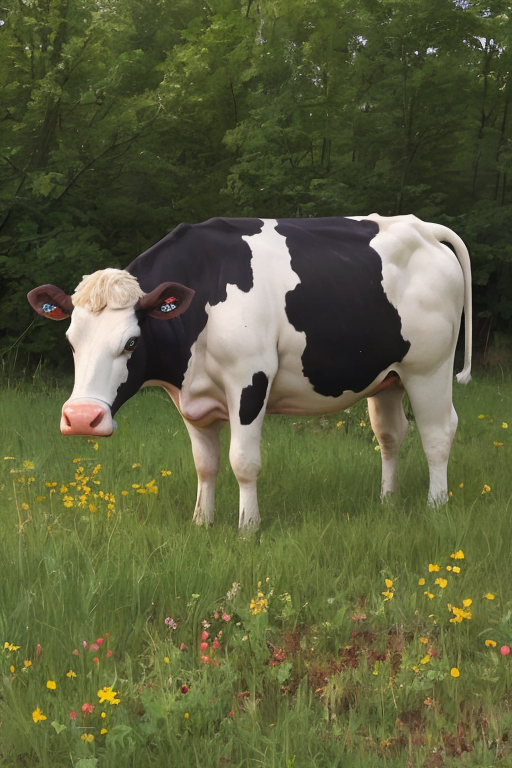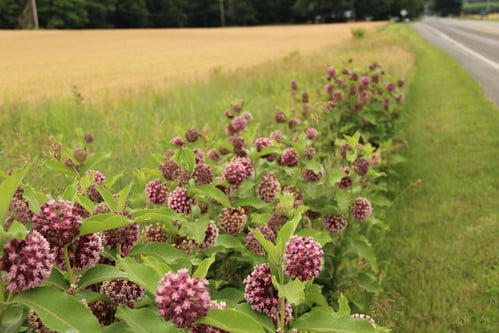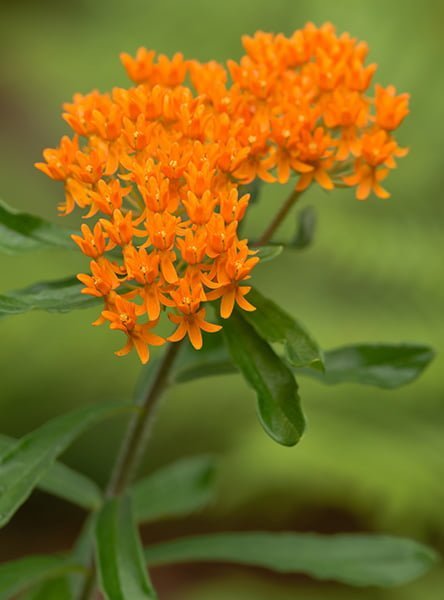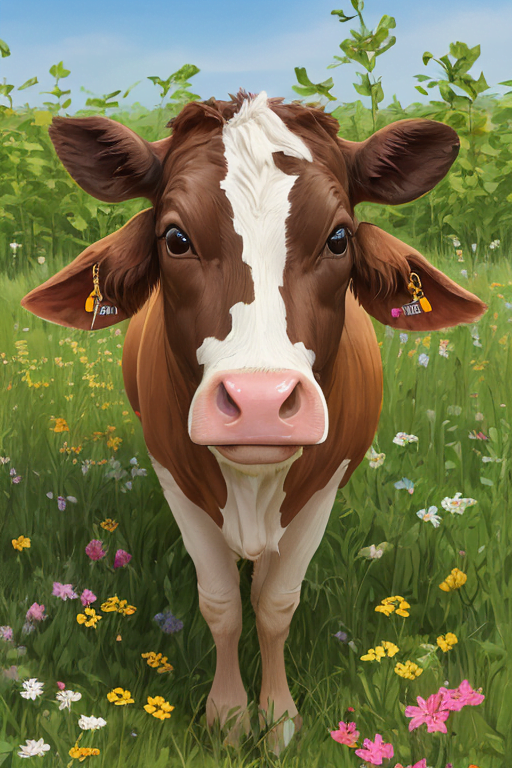“Why did the Wisconsin cow become a botanist?”
“Because she wanted to know if Milkweed really made milk!”
Turns out, while it doesn’t make cheese, and it’s not a weed, Milkweed is a favorite among Monarch Butterflies and can be found all across Wisconsin’s pastures, prairies, and forests.

Milkweed plants, belonging to the genus Asclepias, are essential for Monarch butterflies, as they are the primary food source for Monarch caterpillars. In Wisconsin, you can find several species of milkweed, each adapted to specific habitats and conditions. Here’s a list of some of the milkweed species that have been reported in Wisconsin:
Common Milkweed (Asclepias syriaca)
Common Milkweed may have a misleading name, as there’s nothing “common” about this remarkable plant. Despite being incorrectly classified as a “weed“, it is an essential host for Monarch butterfly larvae and offers vibrant pink blossoms that attract a variety of pollinators. Its unique latex-like sap and complex root system set it apart from typical weeds, making it an uncommonly valuable addition to gardens and natural landscapes. It is found in fields, meadows, and along roadsides.

Butterfly Milkweed (Asclepias tuberosa)
Asclepias tuberosa, commonly known as Butterfly Milkweed, is a vibrant and distinctive species found in Wisconsin. Adorned with bright orange or yellow flowers, this milkweed thrives in the state’s sandy and well-drained soils, particularly in prairies and open fields. Its striking appearance and importance as a host plant for Monarch butterflies make it a favored choice for native gardens and conservation efforts in Wisconsin. Typically found in dry, sandy soils.

250 Butterfly Milkweed Seeds (Ascslepias Tuberosa) for North America
More than one full gram of Butterfly Milkweed Seeds (Asclepias tuberosa). Attracts Monarchs. Origin Kentucky. USDA Zones 3-8.
